104. 二叉树的最大深度
https://leetcode-cn.com/problems/maximum-depth-of-binary-tree/
给定一个二叉树,找出其最大深度。
二叉树的深度为根节点到最远叶子节点的最长路径上的节点数。
说明: 叶子节点是指没有子节点的节点。
示例:
给定二叉树 [3,9,20,null,null,15,7],
3
/ \
9 20
/ \
15 7
返回它的最大深度 3 。
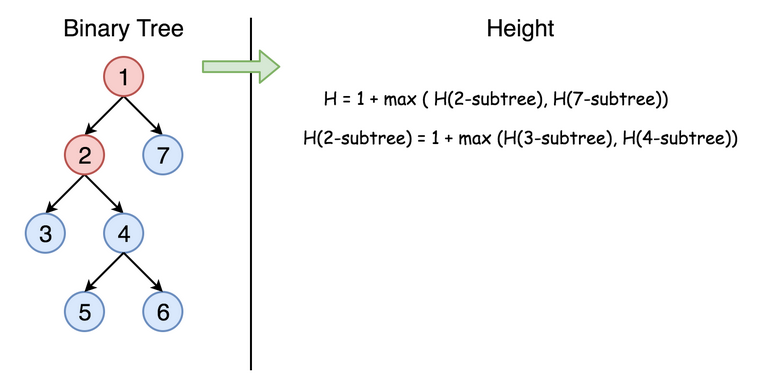
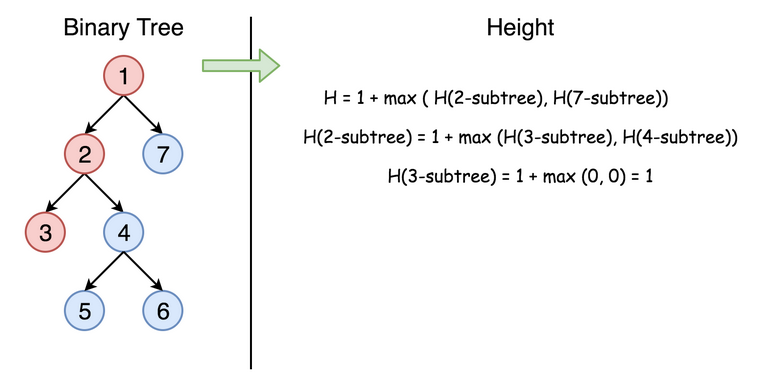


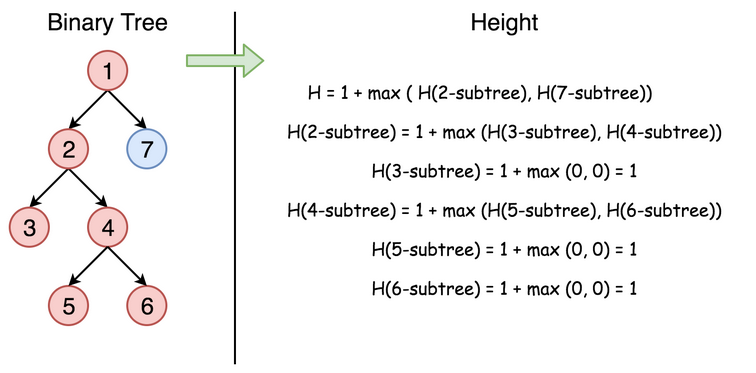

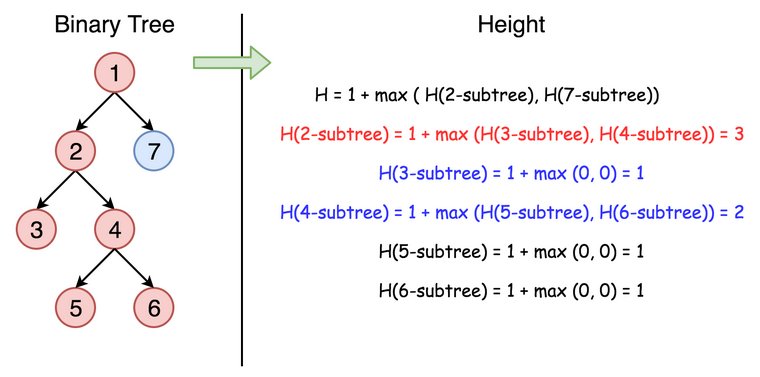
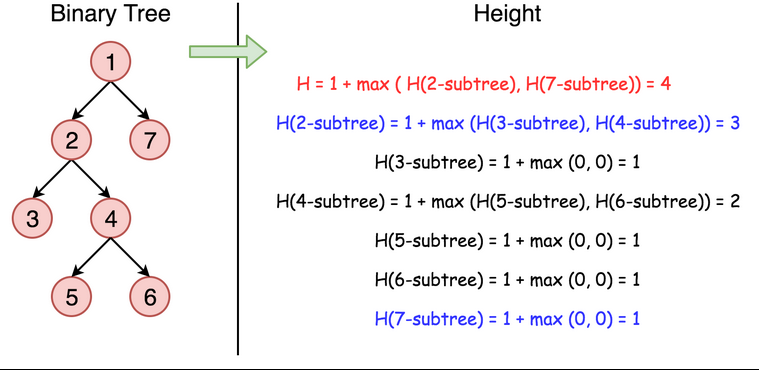
个节点的深度与它左右子树的深度有关,且等于其左右子树最大深度值加上 1。即:
maxDepth(root) = max(maxDepth(root.left), maxDepth(root.right)) + 1
/*** Definition for a binary tree node.* public class TreeNode {* int val;* TreeNode left;* TreeNode right;* TreeNode(int x) { val = x; }* }*/class Solution {public int maxDepth(TreeNode root) {if (root==null){return 0;}return Math.max(maxDepth(root.left),maxDepth(root.right))+1;}}
时间复杂度:我们每个结点只访问一次,因此时间复杂度为 O(N)O(N)O(N),
其中 NNN 是结点的数量。
空间复杂度:在最糟糕的情况下,树是完全不平衡的,例如每个结点只剩下左子结点,递归将会被调用 NNN 次(树的高度),因此保持调用栈的存储将是 O(N)O(N)O(N)。但在最好的情况下(树是完全平衡的),树的高度将是 log(N)\log(N)log(N)。因此,在这种情况下的空间复杂度将是 O(log(N))O(\log(N))O(log(N))。
206. 反转链表

class Solution {public ListNode reverseList(ListNode head) {//递归终止条件是当前为空,或者下一个节点为空if(head==null || head.next==null) {return head;}//这里的cur就是最后一个节点ListNode cur = reverseList(head.next);//这里请配合动画演示理解//如果链表是 1->2->3->4->5,那么此时的cur就是5//而head是4,head的下一个是5,下下一个是空//所以head.next.next 就是5->4head.next.next = head;//防止链表循环,需要将head.next设置为空head.next = null;//每层递归函数都返回cur,也就是最后一个节点return cur;}}

